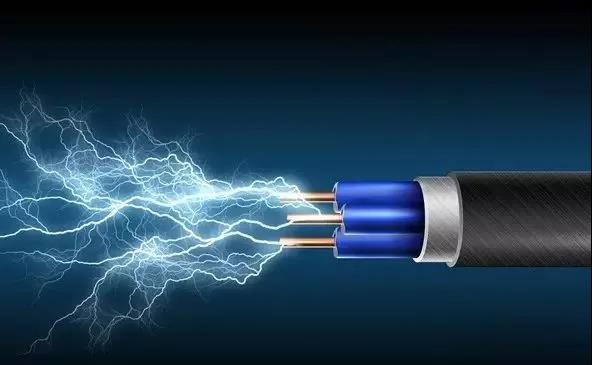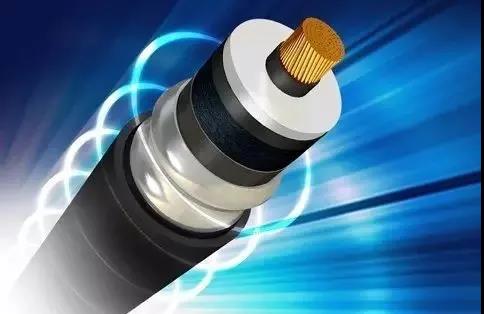There are many infrastructure and engineering construction projects in our country. High rise buildings, petrochemical industry, airports, tunnels, ships, offshore oil platforms, aerospace, iron and steel metallurgy, shopping malls and other places all put forward fire protection requirements for cables. Therefore, PVC insulated cables have huge potential development space. In recent years, our company has also developed medium voltage extruded insulated fireproof cable with rated voltage of 6-35kV and flexible mineral insulated fireproof cable with rated voltage of 0.6-1kv, in which ceramic silicone rubber is used as fireproof layer.

Ceramic silicone rubber is a new type of polymer composite. At 750 ℃ × Under the condition of 90 min flame ablation, it will not be burned into powdery ash, and can form a hard ceramic shell, which plays the role of insulation and fire prevention. The higher the temperature is, the longer the burning time is, and the harder the shell is. The material can be used as the refractory layer of cable and can withstand certain spraying and impact. According to the special technological properties of the material, we determined that the φ 90 extruder. In the process of trial production, we found that the physical and mechanical properties of the tensile strength, elongation at break, there are always unqualified cases. Therefore, in the trial production, we adjusted the key operation for many times, and finally achieved success after repeated debugging and testing. The extrusion process of fireproof layer is described as follows:
1. The temperature of screw, head and fuselage of extruder should be lower than 30 ℃, and the maximum temperature should not exceed 50 ℃. The lower the cooling water temperature, the better; If the temperature of the machine body is too high, the rubber is easy to self sulfur and block the machine head.
2. Set and heat the electric heating oven according to the first section temperature: 160-180 ℃, the second section temperature: 165-185 ℃, the third section temperature: 170-175 ℃, the fourth section temperature: 175-180 ℃, and the last section temperature: 200-230 ℃. The vulcanization temperature of each section can also be set according to different types of equipment and cables with different structures. The principle is that there are no micropores in the product section, There are no bubbles in the longitudinal direction of wires and cables. If there are bubbles, the temperature of the first and second sections should be reduced by 5 ~ 10 ℃ first, and the temperature should be reduced by 5 ~ 10 ℃ step by step until there are no bubbles.

3. The production speed is a key parameter, which directly affects the degree of vulcanization. According to the vulcanization curve data, after repeated verification, it is determined that it is appropriate to be about 10m / min. at the beginning of extrusion, it should be slow first, and then slowly increase the speed. It can ensure the physical and mechanical properties are qualified.
4. The cable extruded by extrusion die has good appearance quality, smooth and round surface. According to the properties of the ceramic silicone rubber material, after repeated tests, it is finally decided to use the extrusion die for production. The length of the setting section of the die sleeve is less than that of the ordinary rubber. It is suggested that the length of the setting section should be 1.5-3mm for small section wires and 2-5mm for large section cables.
5. Mold polishing, in order to improve the appearance quality of cable extrusion, ceramic silicone rubber mold must be polished before extrusion. If the extrusion surface is rough and unsmooth after polishing, adjust the distance between the extrusion die sleeve and the die core. At the same time, the extruded rubber material should be slightly larger than the diameter of the finished product line, and the die sleeve should be slightly smaller than the ordinary silicone rubber wire and cable, and the actual production site debugging shall prevail.
